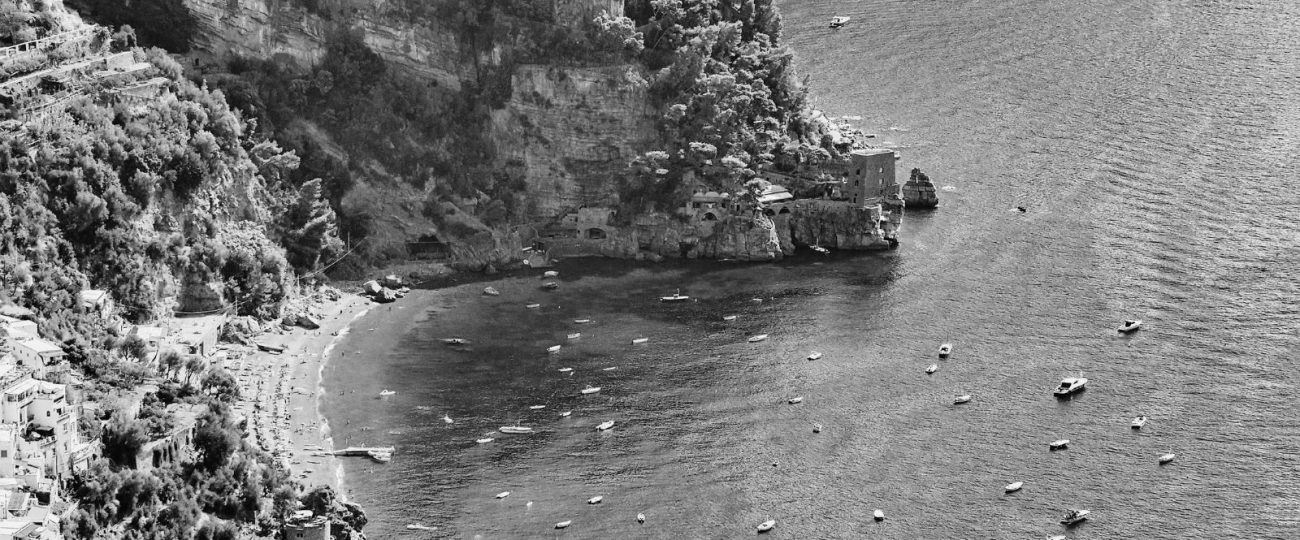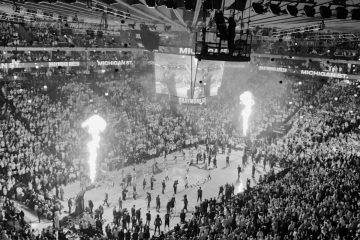What Happened On November 23rd?
On November 23, 1976, Jacques Mayol descended into the Tyrrhenian Sea near Elba Island, attempting a 100-meter dive without breathing equipment. The calm waters and clear skies created the perfect conditions for his record-breaking attempt. Observers on nearby boats watched silently as Mayol prepared with meticulous focus. This was not just a test of physical endurance—it was a profound demonstration of human potential.
Mayol took one deliberate, measured breath before slipping into the water with practiced fluidity. A weighted guide rope marked his path as he swam downward. After a few moments, gravity took over, pulling him further into the depths. His body responded instinctively to the increasing pressure by compressing his lungs and slowing his heart rate, which conserved oxygen. At the 100-meter depth, he paused momentarily before beginning his calculated ascent. His movements remained controlled and efficient, ensuring his oxygen reserves lasted until he reached the surface. When he broke through the water, he gasped for air as cheers erupted from the boats. He had accomplished what many believed was impossible, redefining the human connection to the ocean.
Born on April 1, 1927, in Shanghai, Jacques Mayol spent his childhood immersed in cultural diversity. His family vacationed on the Mediterranean coast during summers, where he encountered dolphins for the first time. These animals captivated him, and he admired their effortless grace underwater. This early exposure to the ocean inspired his lifelong ambition to emulate their harmony with the aquatic world.
In the 1950s, Mayol worked at an aquarium in the Bahamas, where he observed dolphins closely. He noticed their ability to conserve oxygen and move efficiently, even under immense pressure. Inspired by these observations, he began developing techniques to help humans replicate similar adaptations. Through yoga and meditation, Mayol expanded his lung capacity and optimized his body’s oxygen use. His training enabled him to slow his metabolism, dropping his heart rate to as low as 27 beats per minute, a feat that mirrored marine mammals like seals and whales. This control allowed him to remain calm even under the crushing pressure of the deep ocean.
Mayol also practiced visualization to prepare for his dives. Before each attempt, he would mentally rehearse every detail, from the descent to the ascent. This mental discipline helped him approach each dive with precision and calmness, reducing risks during the physically taxing descent and ascent.
For Mayol, diving was more than a sport; it was a way to explore humanity’s connection to the sea. He theorized that humans shared latent traits with marine mammals, a concept he called homo delphinus. By embracing techniques like breath-holding and mental clarity, he believed people could reconnect with these ancestral ties.
During his historic dives, Mayol described entering a meditative state where he felt a sense of unity with the water. He later said that the ocean seemed to welcome him rather than resist his presence. This mindset helped him endure physical stress while maintaining a sense of peace, allowing him to focus on the experience rather than the challenges.
Mayol’s abilities and interests extended beyond diving. Fluent in several languages, including French, English, Italian, and Japanese, he collaborated with scientists, divers, and oceanographers around the world. In Japan, he studied with the Ama divers, women who had practiced breath-hold diving for centuries to gather pearls and seafood. Their methods, which combined skill and reverence for the sea, profoundly influenced his philosophy.
Mayol also pursued creative outlets. He played the piano with precision and often compared the timing in music to the rhythm required during dives. He later took up photography and painting, creating works inspired by the ocean. In 1995, he published Homo Delphinus: The Dolphin Within Man, a book combining personal stories, scientific observations, and philosophical reflections.
His interest in underwater archaeology led him to participate in expeditions documenting submerged ruins in the Mediterranean. He even designed innovative underwater habitats for marine research, combining his engineering background with his passion for the ocean.
Mayol contributed extensively to scientific understanding of the human body’s adaptations during extreme underwater conditions. His dives provided critical data on the mammalian dive reflex, which redirects blood flow to vital organs during submersion. His findings influenced advancements in diving safety and medical treatments for conditions like hypoxia.
Mayol also advocated for ocean conservation. He spoke against overfishing and pollution, emphasizing the importance of preserving marine ecosystems. He called on people to view the ocean not as a resource to exploit but as a living entity deserving of respect.
In his later years, Mayol lived on Elba Island, where he built a home overlooking the sea. He spent his days meditating, swimming, and observing dolphins in their natural habitat. These animals became companions rather than subjects, as he believed they shared a deep connection with humans.
Mayol’s fascination with mythology deepened during this time. He often referenced figures like Poseidon and the sirens, viewing them as symbols of humanity’s relationship with the sea. He described his dives as modern extensions of this ancient narrative.





